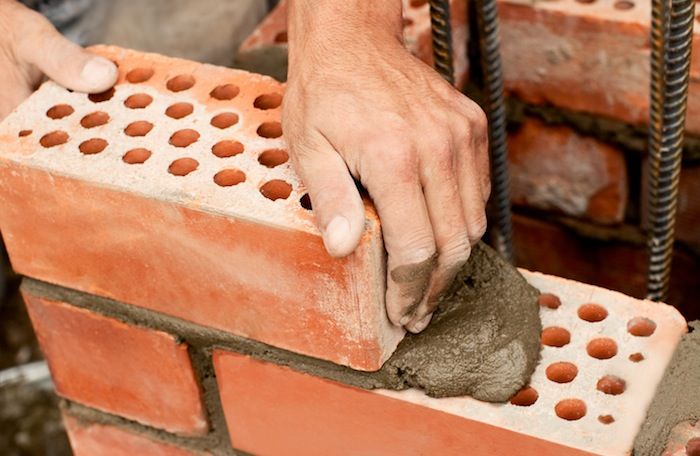
Increased house-building in February helped the construction industry report the fastest rise in output for eight months.
However, despite this increased activity longer-term confidence has been dampened by supply issues and increasing input costs across the sector.
Headline figures from the latest IHS Markit/ CIPS UK Construction Index show business activity was gaining momentum across all parts of the construction sector in February. Building companies commented on the strongest rise in output since mid-2021, amid stronger client confidence and work on new projects commencing.
Against this more positive picture though, construction companies continued to report widespread supply constraints and rapidly increasing input costs, although these inflationary pressures are starting to recede, and are now at the lowest point they have been for 11 months.
However, costs are still rising, and this has dampened the year-ahead outlook for activity, with confidence at its lowest level since January 2021.
The headline seasonally adjusted index registered 59.1 in February, up from 56.3 in January, to signal a robust and accelerated rise in output volumes. The headline index has now posted above the neutral 50.0 threshold in each of the last 13 months.
House building (index at 61.5) replaced commercial work (58.4) as the best performing category of construction work in February. The latest increase in residential work was the strongest for eight months. Commercial construction also expanded at a quicker pace than in January, with the rate of growth the sharpest since last July. Meanwhile, civil engineering activity (index at 57.5) increased at an accelerated pace that was the strongest since June 2021.
Resilient pipelines of new work were highlighted by a steep rise in input buying across the construction sector during February. The latest expansion was the fastest for seven months and reflects pre-purchasing prior to the start of new project.
This survey shows that staffing levels also increased at a sharp pace, extending the sequence of job creation to 13 months.
However around 36% of the survey panel reported longer delivery times among suppliers in February, while only 4% saw an improvement. Delays were overwhelmingly linked to driver and material shortages, as well as international shipping delays. That said, the number of construction firms reporting longer lead times for deliveries was down from a peak of 77% in mid-2021.
The survey shows the near-term outlook for construction activity remained positive in February. Just under half of the survey panel (48%) forecast an increase in output during the year ahead, while only 9% predicted a fall. However, the overall degree of optimism has eased when compared to previous monthly surveys, and is now the softest since January 2021with firms citing concerns about the impact of rising costs and supply shortages
The Chartered Institute of Procurement & Supply group director Duncan Brock says: “The construction sector maintained its growth momentum whilst battling a number of headwinds such as supply issues and higher input costs to put in its best performance for eight months in February.
“All three sectors offered positive news, but housing stormed ahead with the strongest rise in residential building since June last year.”
Commenting on the figures Beard finance director Fraser Johns says: “Despite some bumps in the road, the construction sector continues to recover and there is hope that the future looks bright.
“The highest rise in order books for six months confirms that client confidence is building and there are opportunities for construction firms. There are still hurdles to overcome – namely inflation, labour shortages and lead in times – but by working closely with both customers and supply chains, the volatility in the market can be overcome.”
He adds that vacancies in the construction sector also present an opportunity to increase diversity. “With labour shortages impacting across the board, more needs to be done to encourage people into the sector.”
Property consultancy and surveyors Naismiths director Gareth Belsham adds: “This isn’t far off a straight-A report. Output is up sharply and new orders are pouring in ever faster.
“Equally welcome is the easing of input price pressure. For much of last year, soaring labour and material costs sliced through builders’ margins and led some clients to get cold feet. Input prices are still rising, but the pace of inflation is now milder than at any time for almost a year. This is a testament to the supply chain’s ability to ramp up production of key materials.”
Belsham adds that there remain some potential challenges ahead. “The economic blowback of international sanctions on Russia could ripple through the industry in the form of renewed inflation in coming months. As well as oil and gas, Russia is also an important source of timber – and this supply may now be completely halted.
“That may be why construction industry optimism, while still strong, has settled back to its lowest level for 13 months.
“Nevertheless nearly half of contractors expect business to pick up this year, and with most developers resolutely upbeat, many builders are pulling out all the stops to power through the work that continues to come in.”


